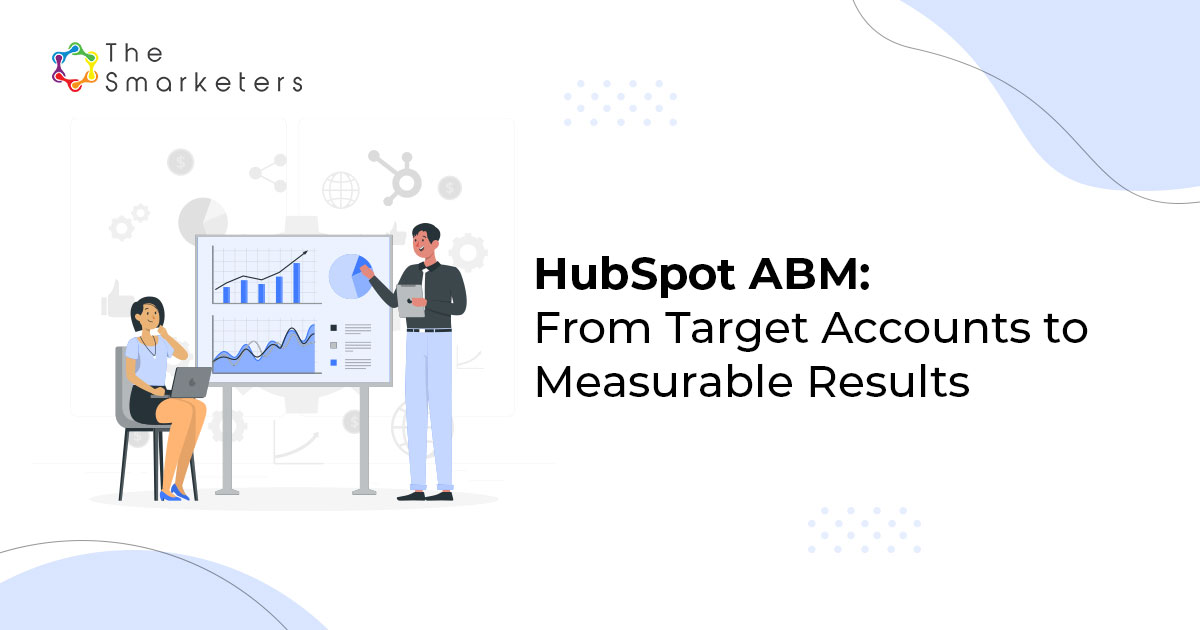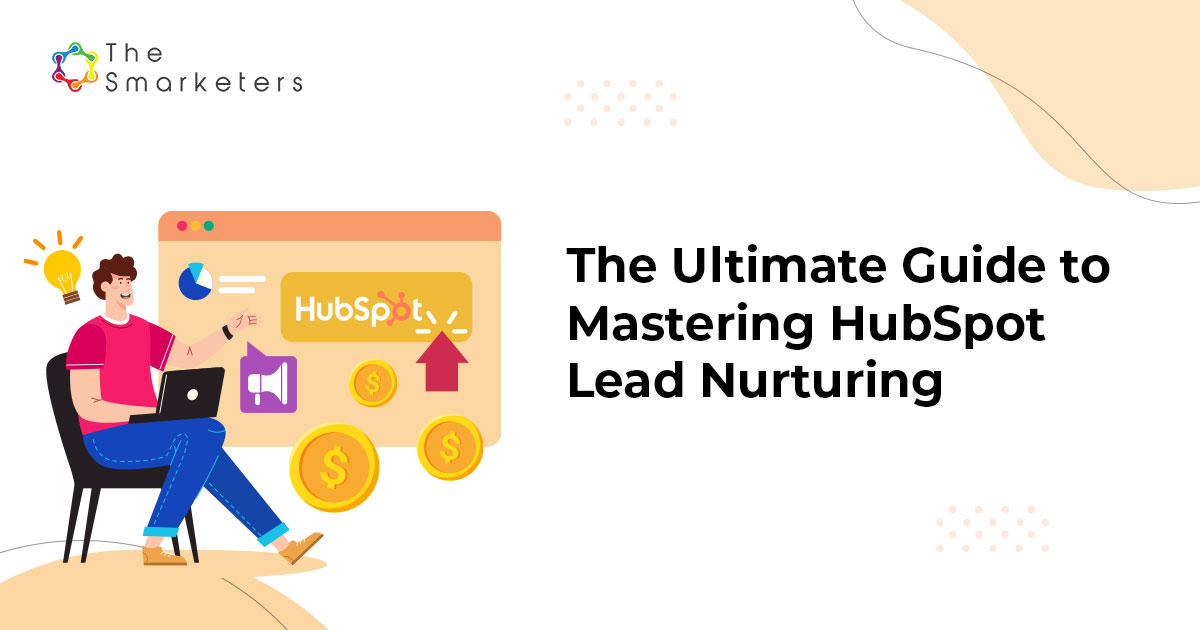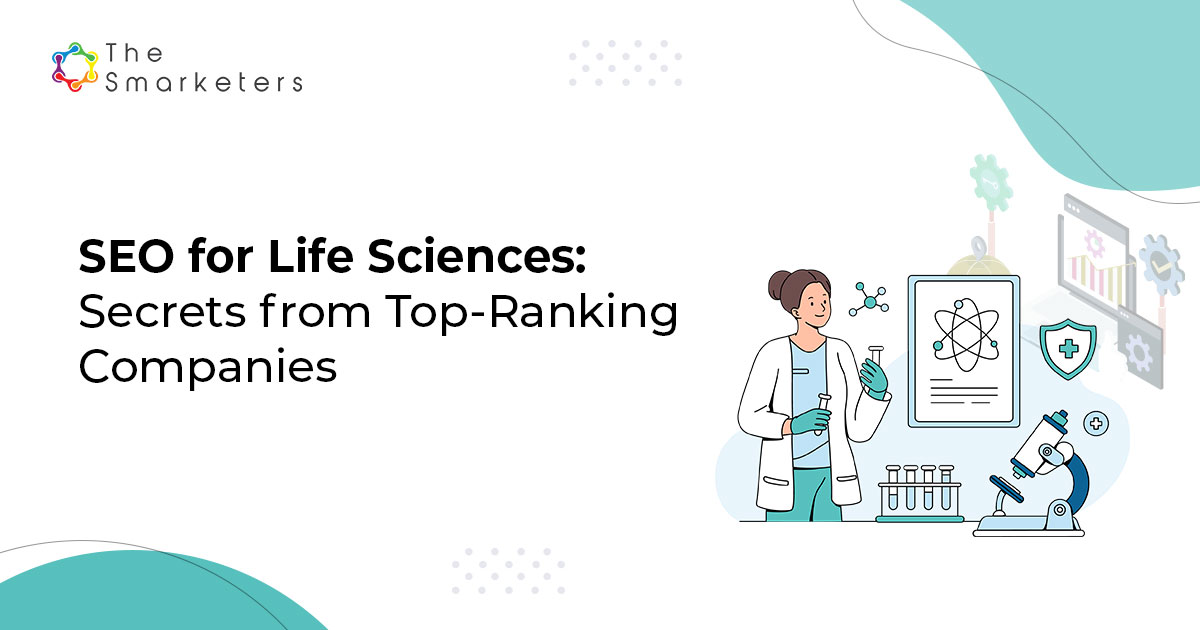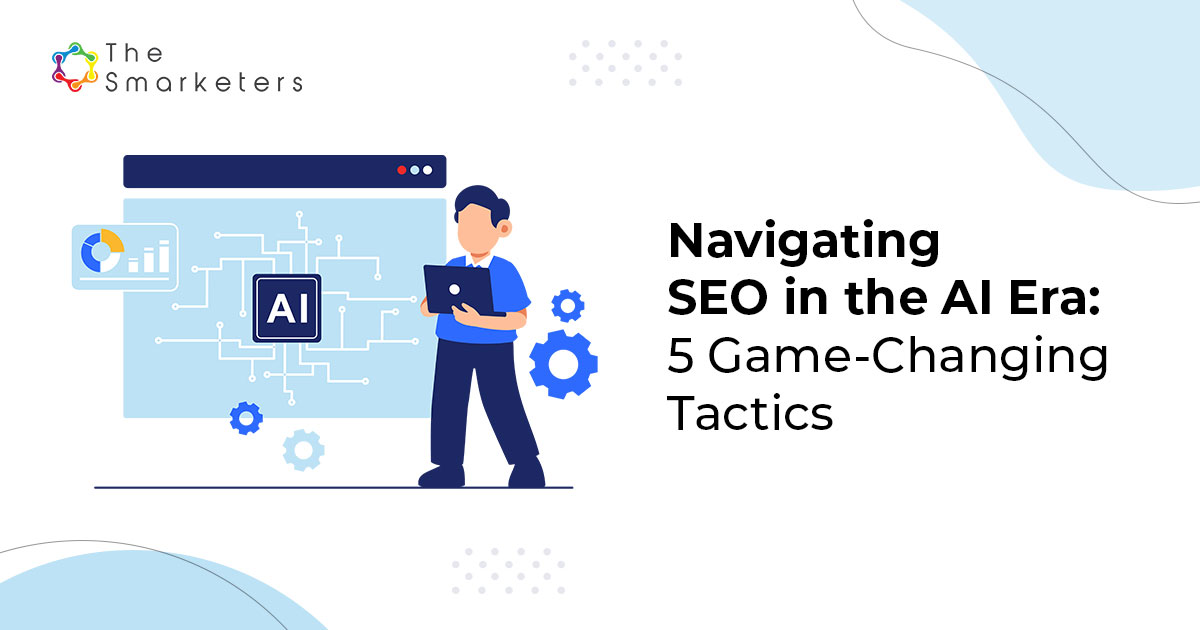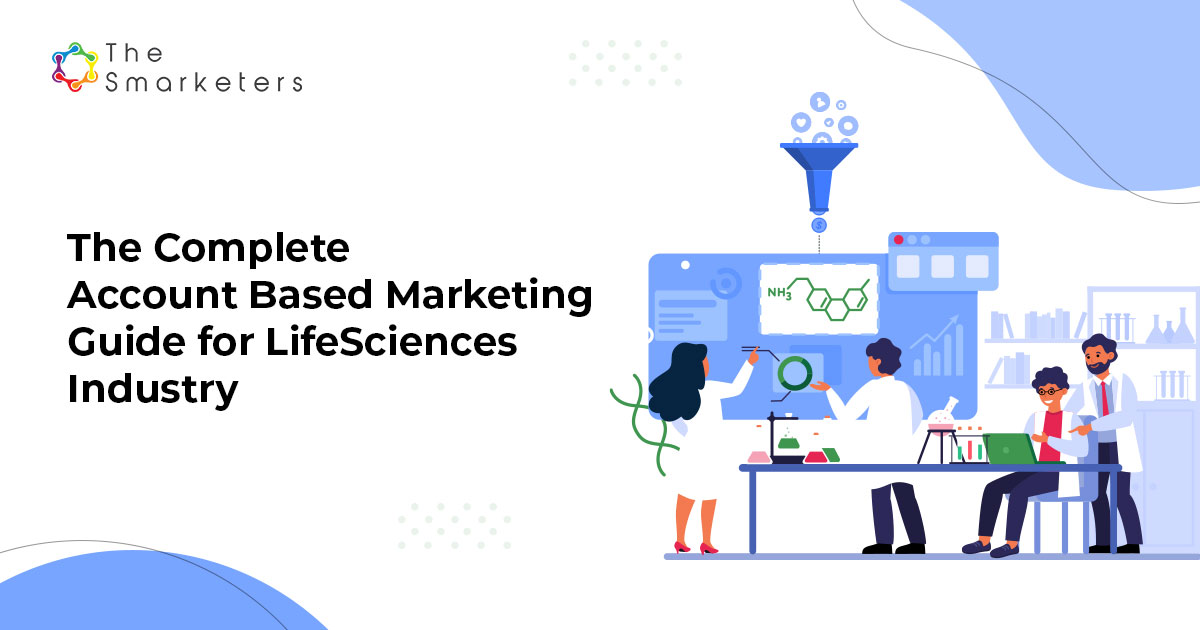Consider a world where you could sell directly to your best and most-valued accounts. There is no wasting time trying to advertise to leads who are not the proper fit for your company. You go right into engaging and delighting your high-priority accounts.
Does this sound too good to be true?
With ABM, it’s possible.
Account-based marketing (ABM) lets you find your best target accounts and engage with them immediately. It streamlines sales and marketing alignment for maximum efficiency to allow both teams to focus on what matters most – creating meaningful experiences for those high-value accounts.

What Makes ABM Different?
ABM allows companies to target high-value accounts and nurture leads through tailored messaging and personalized experiences that engage customers more meaningfully. It is transforming the way businesses engage with prospects and customers. ABM facilitates highly targeted messaging and customized content delivery by offering a deep understanding of individual customer needs within your target accounts.
According to research data, 67% of brands already use account-based marketing, 64% of ABM programs began over the last five years, and 68% now employ an automated procedure.
The future of ABM development focuses on leveraging AI-driven marketing campaigns to uncover further insights about customer behavior, enabling businesses to customize their approach even further.
Estimations suggest that by 2027, account-based marketing will grow at a CAGR of 11.6% to generate $1.6 billion in revenue worldwide.
Additionally, AI-powered intelligence tools have simplified much of the manual work associated with crafting sophisticated campaigns—a major plus for businesses seeking an efficient approach to account-based marketing. With ABM leading the way as a powerful modern marketing technique, its influence will continue to grow in the coming years.
Companies leveraging ABM services benefit from improved ROI and increased customer loyalty due to its highly personalized approach. According to a market study, ABM produces a 97% higher return on investment than other marketing activities. Further, 85% of respondents stated that ABM fosters greater client retention. The success rate of clients implementing ABM tools reinforces you can improve marketing performance significantly by combining traditional strategies with disruptive technology solutions.
The Future of ABM
ABM flips the traditional model of marketing paradigm. Simply put, it creates a marketing campaign that talks directly to the top accounts you want to target. ABM strategies save money on marketing and use automation more effectively than a human sales force.
This works effectively for B2B businesses that don’t need to make in-person sales and have simpler products available at lower price points. With the emergence of ABM, 79% of marketers have already shifted their primary focus to growing business with existing clients.
However, the goal of a successful ABM implementation is the return on investment. ABM demonstrates its capacity to increase ROI year after year. Many marketers have reported success with ABM and a significant ROI over other marketing tactics. 91% of companies using ABM strategies report an increase in average deal size, with 25% reporting a 50% increase.

Let’s take a closer look.
- Redefined marketing roles – As we move into the future, ABM becomes even more significant, redefining key roles and pushing marketing efforts toward a more targeted approach. The true power of ABM lies in its capacity to engage with customers on a one-on-one level. It allows marketers to build lasting relationships with their key demographic and better understand how to maximize conversions. These pointers indicate the shift to an exciting new era in marketing that will evolve alongside business and technology.
- The emergence of intent data – Although targeting accounts is a tried-and-tested strategy, the wealth of customer data makes it challenging to determine where to begin. First-party intent data is now crucial to ensure that accounts are sales-ready, as third-party cookies are becoming extinct. Intent data should be central to your strategy, so marketing can identify target accounts and help sales close them.
- Domination of omnichannel strategy – Consumer attention spans have shrunk with the explosion of marketing channels, including social media, streaming services, desktop, and mobile. So, omnichannel ABM is the way of the future beyond 2022. The days of running a single campaign across a few platforms are long gone. It is vital to add touchpoints across all platforms as the customer progresses through their journey,
- Combination of demand generation and ABM services – The future of demand generation and ABM services is promising. It will allow businesses to drive more targeted leads while promoting long-term customer relationships and brand loyalty. When combined with demand generation, there will be greater accuracy in aligning offers and content with specific buyer personas. Naturally, companies will reap more value from their campaigns by engaging and converting valuable prospects.
Vision 2023
Organizations worldwide have redefined their strategies by leveraging the power of ABM. As we approach 2023, ABM will become increasingly sophisticated and more effective in helping brands target large accounts. According to the latest stats on global ABM predictions for 2023, the market size will grow to $1,196.9 million from $651.9 million in 2018.
Future capabilities within ABM will include heightened personalization, improved targeting & segmentation options, and deeper integration with marketing automation technology. Increased focus on audience identification, social media expansion, and customer lifetime value drive market growth. Furthermore, cloud-based solutions, AI, and big data analytics will fuel the ABM industry.
Let’s look at some ABM predictions for 2023:
- Industry verticals in the public and government sectors are projected to grow at the fastest rate
Media, telecommunications, IT, BFSI, retail and e-commerce, healthcare, automotive manufacturers, government entities, and others use ABM tools.
Government and civil service organizations widely use ABM tools and services to gain insights into customer behavior through big data analytics. They employ ABM services to enhance customer satisfaction and focus on customer-centric strategies. It is a result of the public sector’s growing interest in targeting particular job functions and new data capabilities.
- North America will dominate the worldwide ABM market
North America is projected to have the largest market share in the global ABM market by region.
The market expansion in North America is driven by high spending on new technologies. Social media, smartphone usage, and ad spending are all disproportionately high in the area. The US and Canada both have a higher than 90% mobile device adoption rate, providing marketers with a more effective channel to target potential clients. Soon, enterprises across all industry verticals will heavily incorporate ABM practices in their strategies.
Conclusion
The future of marketing and sales is gearing up for a revolution driven by new-age technologies and strategies like ABM. Gone are the days when companies would spend hours trying to market to unqualified leads not suited for their business.
ABM allows companies to filter through the noise and find accounts ideally suited to their products/services. Companies can focus on engaging and delighting their target accounts rather than wasting time on marketing efforts that yield little to no return.




